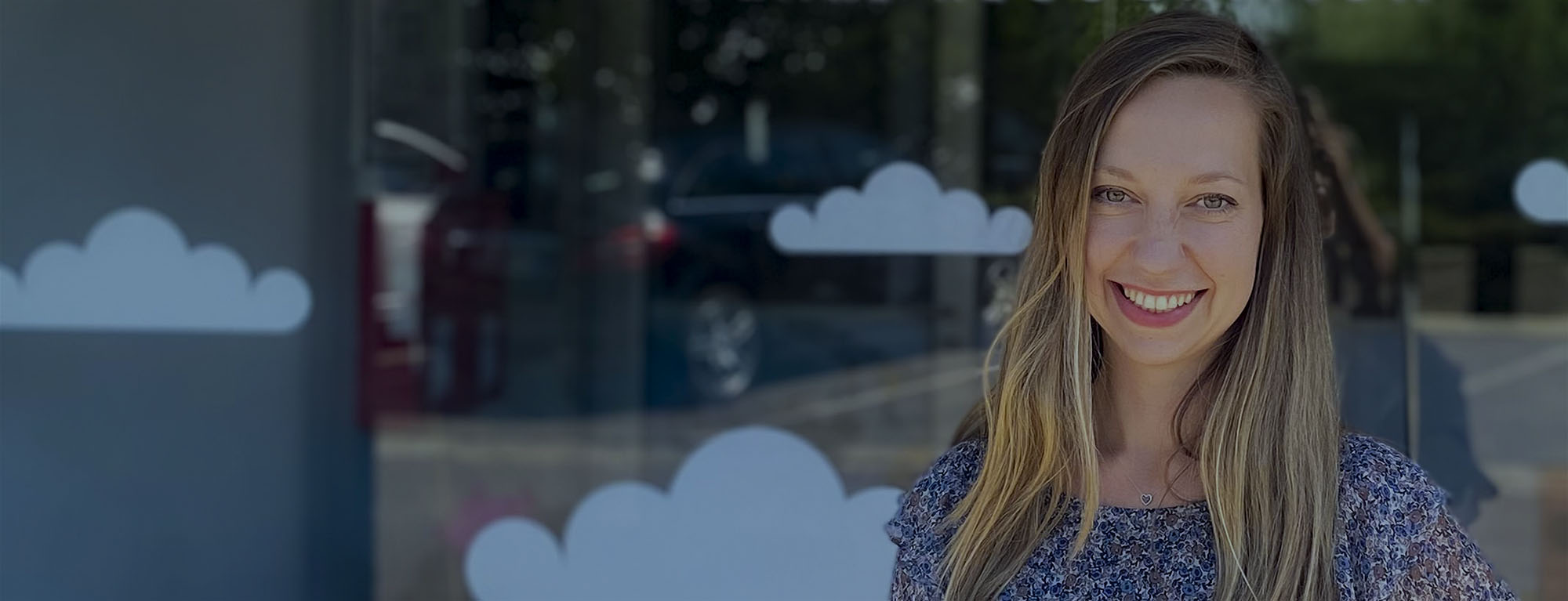

What is License Plate Recognition?
Understand the science behind LPR/ANPR and how it´s changing our lives
License plate Recognition (LPR) is the capacity to capture photographic video or images from license plates and transform the optical data into digital information in real-time.
Also known as Automatic Number Plate Recognition (ANPR), LPR is a widely used technology for vehicle management operations such as Ticketless Parking (off-street and on-street), Tolling, ITS, stolen vehicles detection, smart billing and many other applications in Europe and becoming a trend in the Americas.
By bringing the license plate digital information (among other data such as vehicle’s direction and speed) to the mix, License Plate Recognition allows operators to immediately gather and associate more data about every vehicle passing a control point:
- The action itself: time, place, direction and speed of the vehicle
- The vehicle: origin, Restrictions or security alerts
- The driver: License number, personal public or contact information about the driver
Thanks to License plate Recognition, operators have developed pretty “futuristic” solutions:
Imagine to be automatically billed at a tolling without slowing down, or parking in a mall without stopping at barriers to get in / out or at cashiers to pay; amazing? how about this: imagine a city that “knows” where every stolen or reported vehicle is, at any time.
How does License Plate Recognition work?
Once the LPR camera has captured the license plate image, its firmware uses license plate specialized OCR routines to translate it into digital (machine-readable) characters.
But License Plates are (very) different from each other; the characters don’t look the same, not even close!
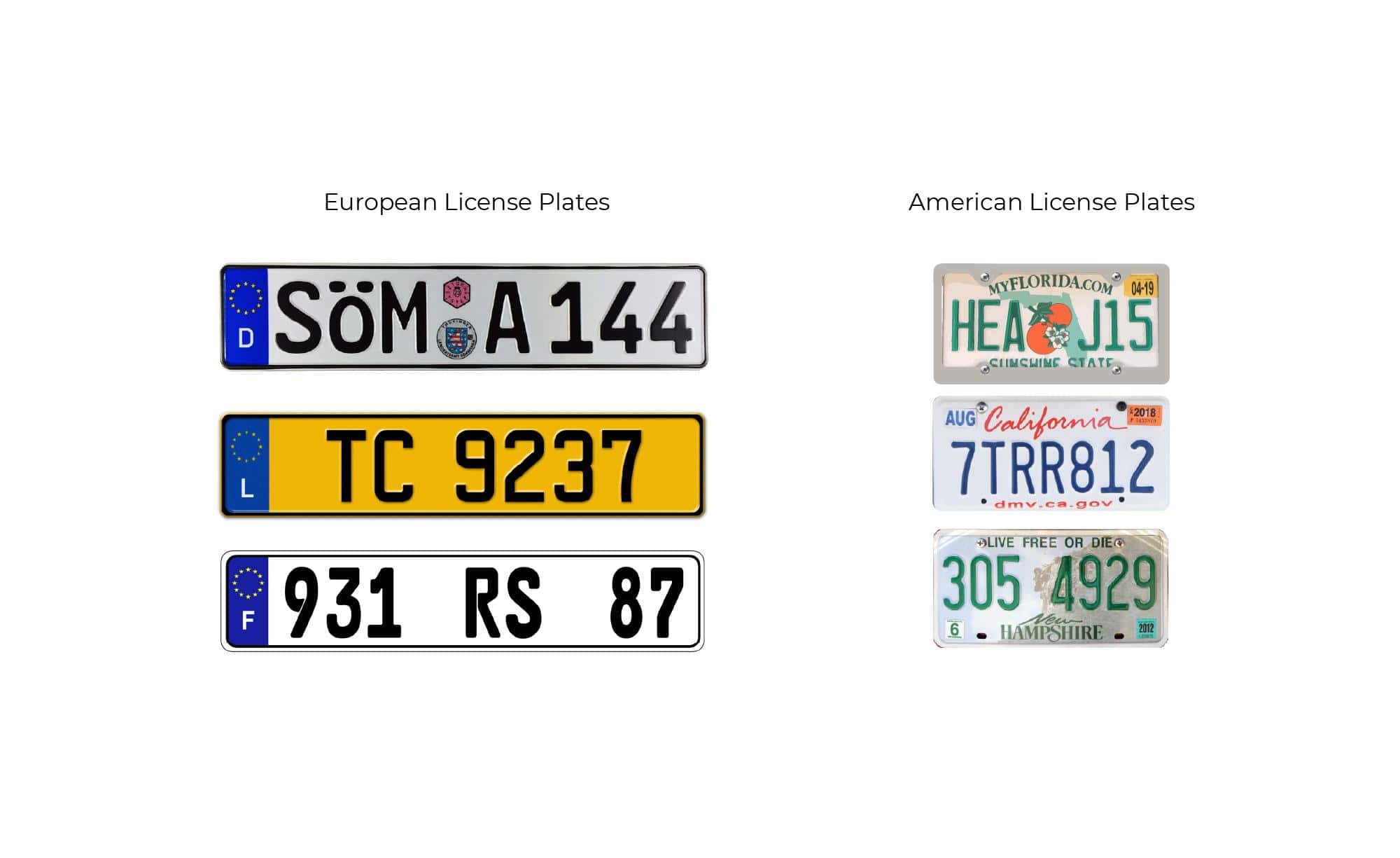
To recognize a license plate correctly, we have to “teach” the algorithm to read different plate designs from different types of license plates; what may seem like an O in some plates looks like a 0 in others.
So LPR is about knowing each possible plate variation and reading the characters according to many regional modifications, the algorithm needs to know “what to expect”.
License Plate Recognition Phases
Although it may seem instantaneous (We at survision do it all in less than 20ms), License Plate Recognition is a 4 stage process; the first 2 are standard OCR, but the complicated part that makes LPR different than regular OCR comes at phase 3 and 4.
 1 ⢠Localization: Finding the License Plate within the whole image, disregarding unnecessary data and focusing on the characters.
1 ⢠Localization: Finding the License Plate within the whole image, disregarding unnecessary data and focusing on the characters. 2 ⢠Segmentation: Separating the precise zone containing every character to identify them.
2 ⢠Segmentation: Separating the precise zone containing every character to identify them. 3 ⢠Identification: Character recognition from the individual zones previously identified.
3 ⢠Identification: Character recognition from the individual zones previously identified.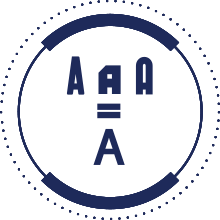 4 ⢠Regionalization: Regional Syntactical Correction to identify ambiguities on apparently identical characters (I and 1, O and 0, B and 8, etc.).
4 ⢠Regionalization: Regional Syntactical Correction to identify ambiguities on apparently identical characters (I and 1, O and 0, B and 8, etc.).
Building a License Plate recognition algorithm to understand all license plates is hard work: special characteristics of each region (country or state) must be considered for a proper final verdict; we do have to analyze every type of license plate available in the world and integrate their particularities into our algorithm.
To make License Plate Recognition a reliable solution, we should get as close as we can to the 100% success rate (accurate readings) in real-time; such achievement is beyond human programming capabilities:
Imagine perfectly and immediately recognizing every plate from every country in every angle possible…
Enter the AI
New advances in Neural Network engines allow us to help our system learn from every plate it reads; we use tons of previous readings to feed our cameras and provide them with “experience,” which makes them “wiser” and, therefore, more precise.
The more readings we make, the more chance we can correctly read the license plate, helping us get closer to 100% accuracy.
How is License Plate Recognition helping us?
The License Plate data gathered in License Plate Recognition is being employed for a vast range of applications allowing companies and governments to make more intelligent and effective policies, provide better customer service and reduce air pollution at the same time.
 Security Police forces are already using License Plate Recognition for security and law enforcement through embedded cameras on their vehicles, on Segways or fixed control points to detect stolen, wanted or uninsured vehicles.
Security Police forces are already using License Plate Recognition for security and law enforcement through embedded cameras on their vehicles, on Segways or fixed control points to detect stolen, wanted or uninsured vehicles.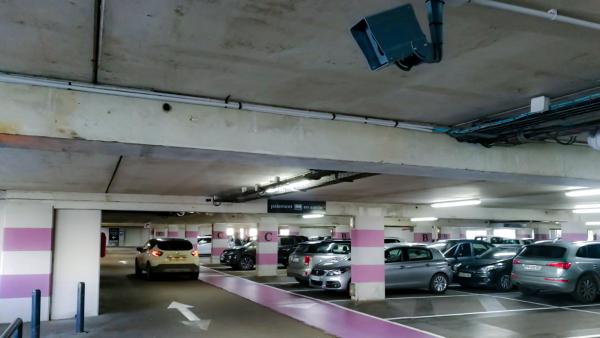 Parking License Plate Recognition allows to automatize and digitalize the whole Parking operation, creating many possibilities to enhance capabilities and improve customer service.
Parking License Plate Recognition allows to automatize and digitalize the whole Parking operation, creating many possibilities to enhance capabilities and improve customer service.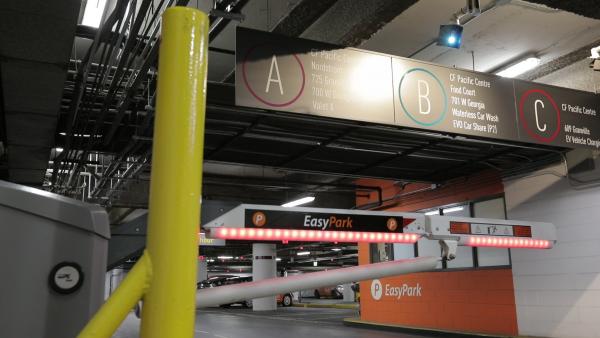 Free Flow / Ticketless Parking Touchless, frictionless & ticketless parking installations where parkers don’t have to stop at barriers parkers to enter, pay or exit: a smoother, faster and cleaner parking experience with minimum investment, thanks to LPR.
Free Flow / Ticketless Parking Touchless, frictionless & ticketless parking installations where parkers don’t have to stop at barriers parkers to enter, pay or exit: a smoother, faster and cleaner parking experience with minimum investment, thanks to LPR.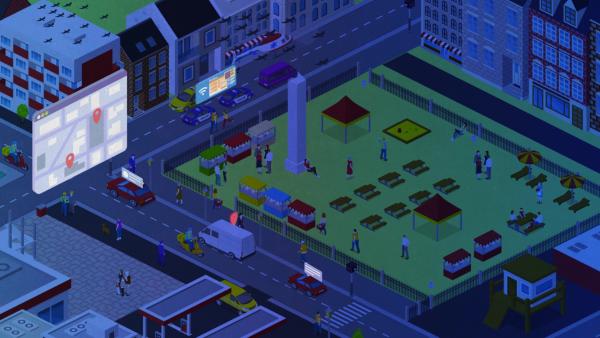 Smart Cities Cities use License Plate Recognition to develop better policies based on a higher understanding of the traffic.
Smart Cities Cities use License Plate Recognition to develop better policies based on a higher understanding of the traffic.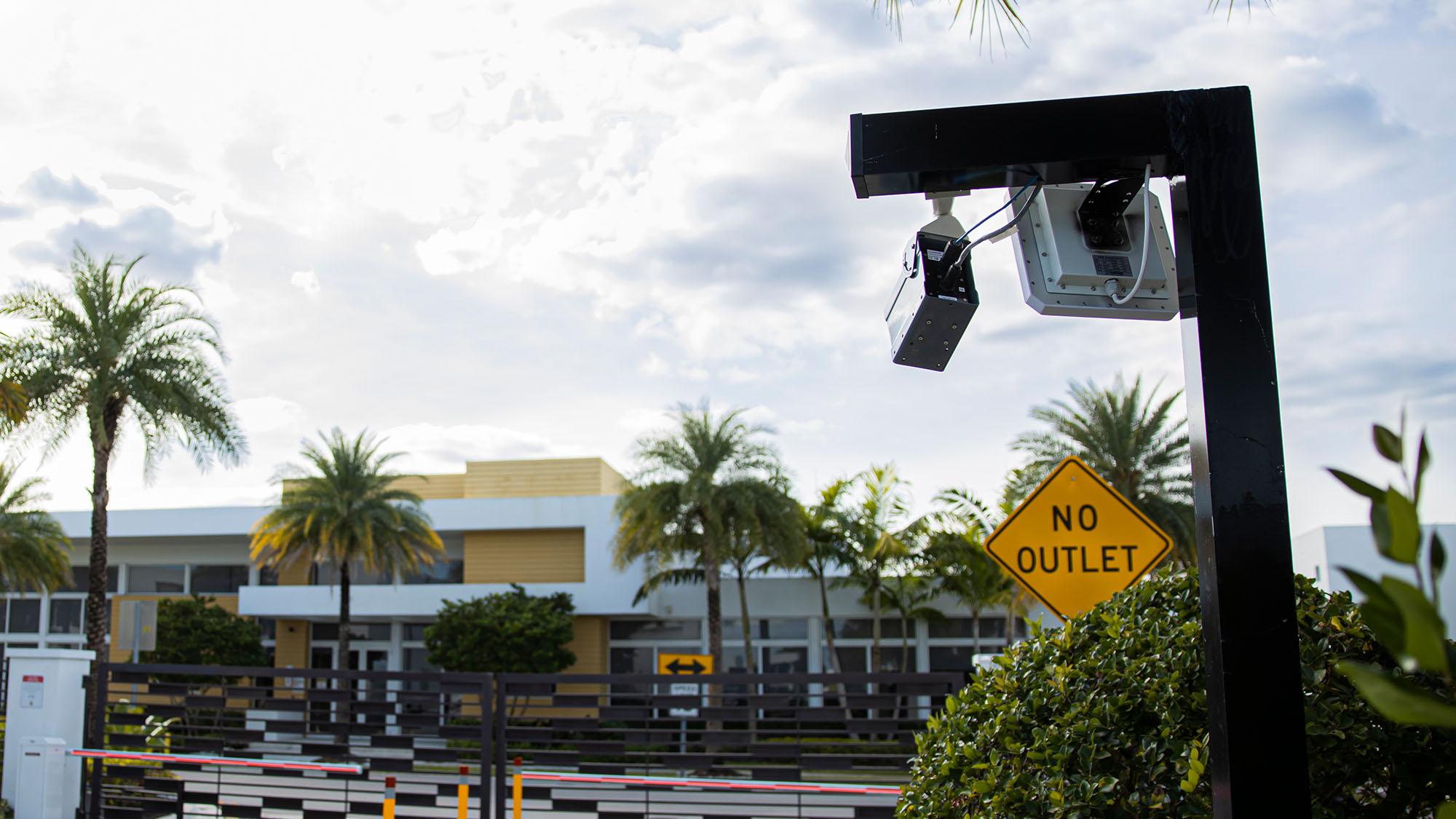 Vehicle Access Control Residences, companies, and governments use License Plate Recognition to automate and optimize their vehicle access control management in new ways.
Vehicle Access Control Residences, companies, and governments use License Plate Recognition to automate and optimize their vehicle access control management in new ways.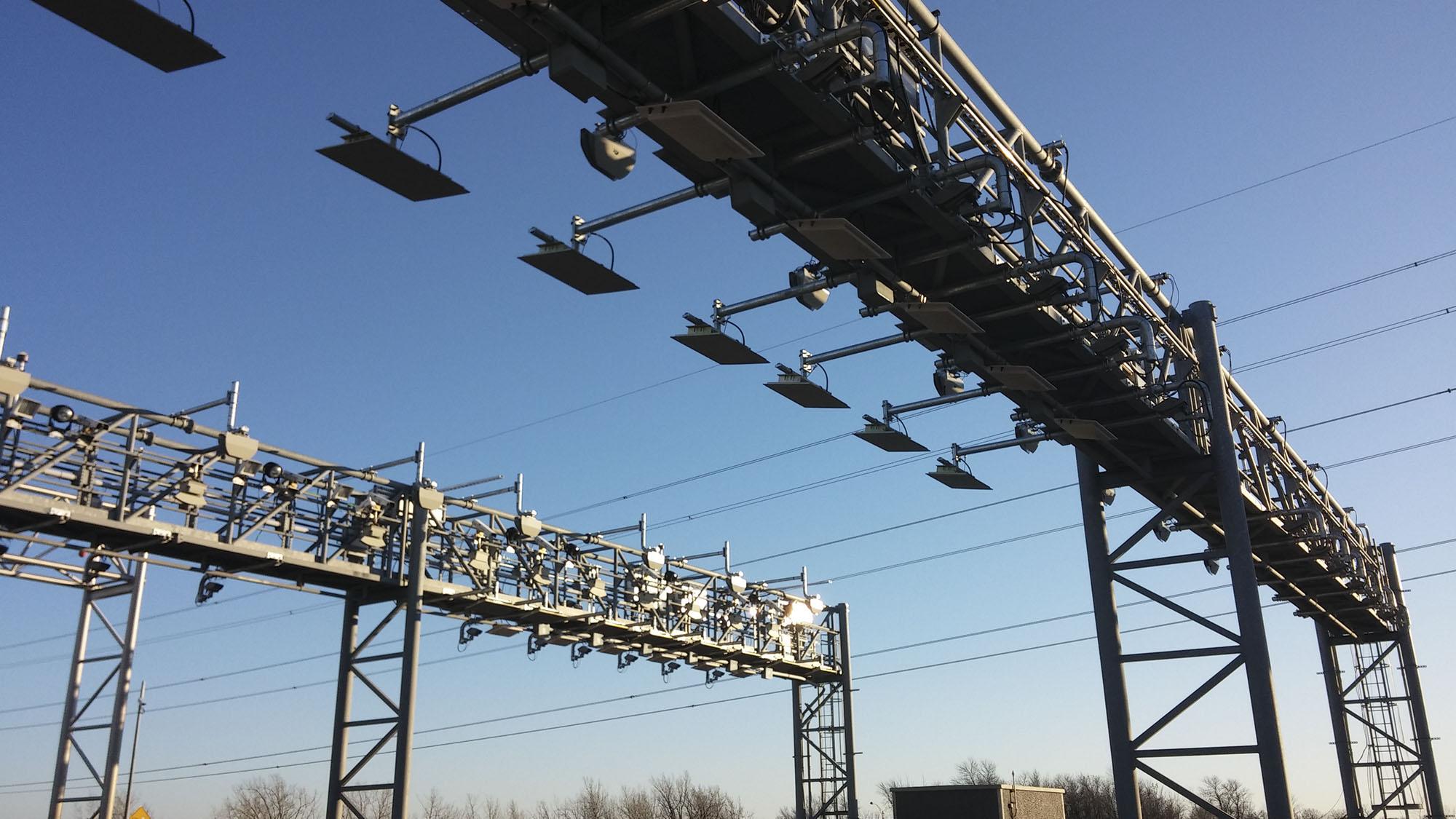 Tolling and ITS License Plate Recognition have been key in developing new Tolling and ITS solutions thanks to recent additions of LPR cameras to existing systems to upgrade vehicle monitoring and location capabilities such as Toll-By-Plate.
Tolling and ITS License Plate Recognition have been key in developing new Tolling and ITS solutions thanks to recent additions of LPR cameras to existing systems to upgrade vehicle monitoring and location capabilities such as Toll-By-Plate.
License Plate recognition means better control at lower costs
The success of LPR lies in the fact that it brings benefits to both companies and their customers: Companies reduce costs and increase revenues while improving customers’ experience thanks to a faster, frictionless, touchless parking service.
License Plate Recognition is THE cost-effective solution! It’s easy to understand, let´s compare:
- LPR system like Survision: You only have to install the LPR cameras and set up the software
- Other Systems: Require embedded transponders (DSRC, RFID, etc.), additional installations (Loops, Piezos, etc.) and dedicated servers only for LPR
LPR is also a perfect solution when dealing with the new normality distances and touchless sanitary regulations.
LPR Cameras In depth
Different types of LPR cameras with specific capabilities for multiple scenarios with different requirements such as ticketless parking, tolling, access control, street surveillance and smart cities
Picopak
The world’s smallest LPR camera for security and on-street parking control
Micropak
High performance LPR camera for the most challenging sites such as very short distances and open angles
Nanopak
More affordable, smaller yet very fast and precise LPR camera, ideal for barrier or totem embedding
Visipak
Ideal for ITS and Tolling, this powerful camera works at large distances and very high speeds
Citypak
Compact and affordable LPR camera with 4G connection, designed for Smart city
What makes them Advanced?
Thanks to Ad-Hoc hardware and firmware, LPR Cameras are specifically designed to locate, read and digitalize license plates in complex conditions where other equipment fails
Supervision Dashboard
Human/Software Supervision tool that certifies installation and monitors performance
No LPR Server Needed
LPR is performed in the LPR cameras firmware
No trigger needed
LPR cameras detect and process plates at vehicle speeds as high as 250 kph
All included
Lights, protection and connection are integrated into the LPR Cameras
Short & Fast!
The shortest LPR distance (from 5ft!) at the highest reading speed (20ms)
Performance Warranty
Contractual ensurance of performance or money refund
Advanced Support
Highly trained, dedicated teams for every project. Quotes in 24 hrs, shipping in 48
AI powered firmware
Neural networks are used to learn from every plate read and increase performance over time
One camera per lane
You do not need more than 1 Survision LPR camera to get LPR working

